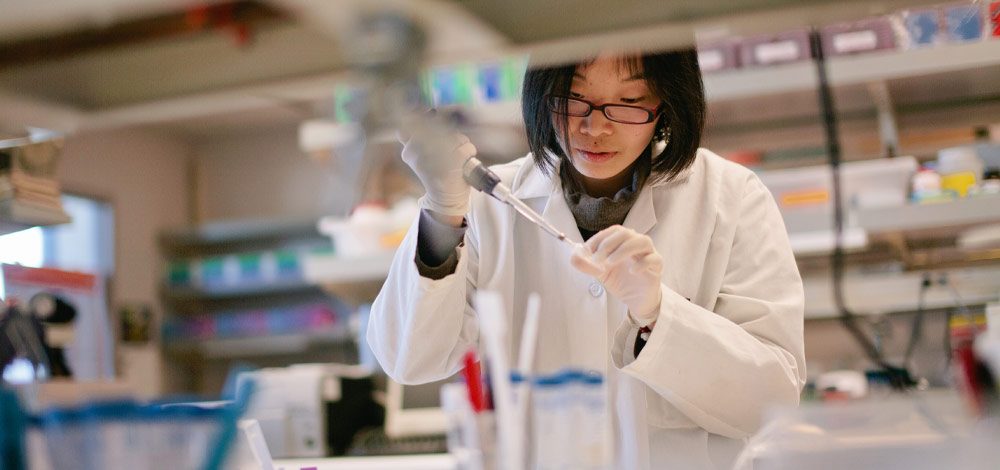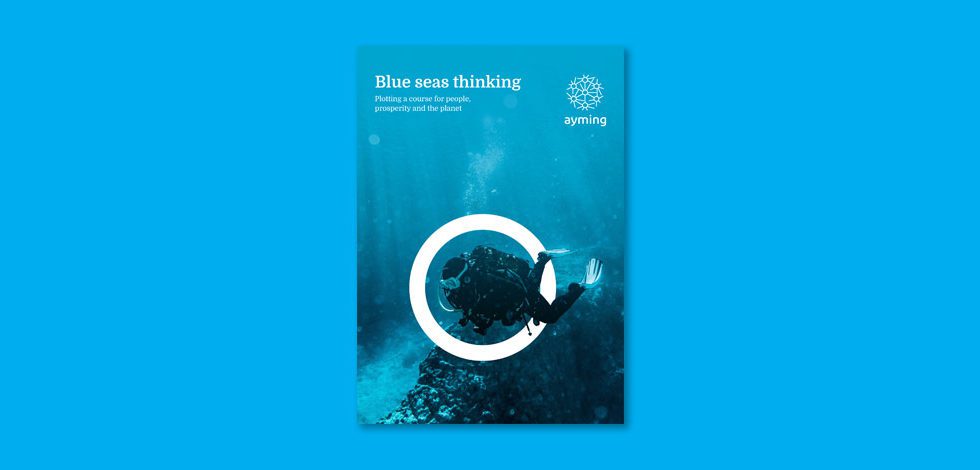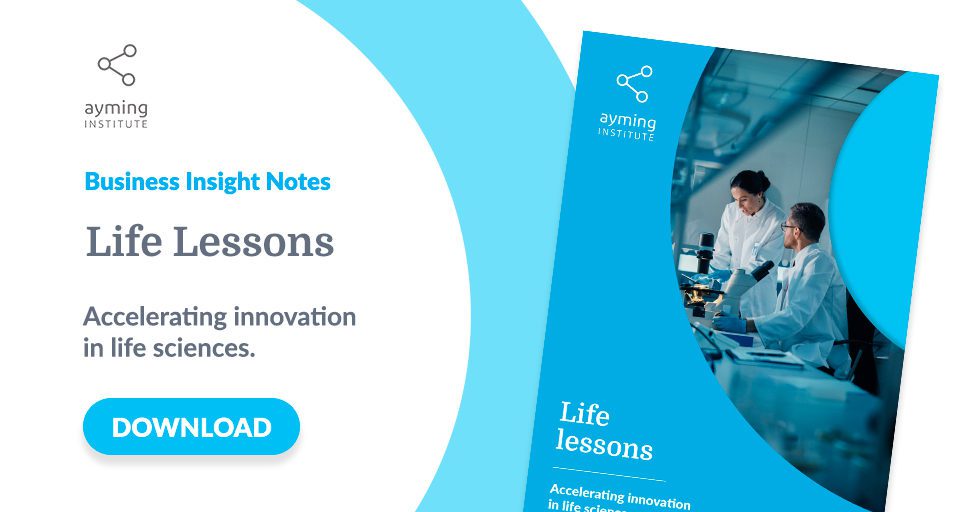What does the situation look like now?
Illustrated by recent figures, the life sciences sector is one of few which has actually demonstrated growth in the past quarter. This might not come as a great surprise when you look at the on-going work which is being carried out in the continued search for therapeutic solutions, not least a vaccine, for COVID-19.
A UK-wide sequencing project, which has secured £28m of funding, sees to study the role of genetics in critical illness, and in turn help identify who might be most at risk from infectious diseases, such as COVID-19. This screening will also help us to gain a better understanding of the variations in symptoms among patients in relation to specific genomes.
Since the publishing of the genetic sequence of SARS-CoV-2 on 11 January 2020, the race for a vaccine truly began. Since then, we have seen at least 159 vaccine candidates, 11 of which have entered human clinical testing. The unprecedented speed at which this process has been carried out is partly thanks to the evaluation of next-generation vaccine technology platforms through novel paradigms. For example, an mRNA vaccine has not been approved for use in humans before, although a development from Moderna has seen a trial of this methodology in the US awarded fast-track designation by the FDA. In the UK, Imperial College London has also produced an mRNA vaccine which produces neutralising antibodies in animal models; a step which was bypassed by Moderna. Whilst the highly anticipated University of Oxford adenovirus-based vaccine, which is already in phase I clinical trials in humans, has shown to reduce viral load and prevent pneumonia in Rhesus macaque infection challenge studies.
One current drug which has seen promising results in clinical trials is that of remdesivir. Originally developed for use as a treatment for Ebola, initial reports suggest a positive effect in diminishing recovery times of patients treated for COVID-19. However these trials are still ongoing and further results, including results of remdesivir in combination with other drugs, are still being awaited.
What major changes have the last 3 weeks seen?
Virtual clinical trials have been placed into the spotlight as social distancing has created the need for new approaches to tried and tested procedures. A decentralised clinical trial (DCT) allows for participants to remain at home while the trial is carried out. Site visits can be replaced with video calls for those instances where there is no need for sample collections or more specific measurements, such as vital signs. As we are seeing a lot recently, the forced need for these alternative ways of working has highlighted areas where, moving forward, processes can be further streamlined.
There are currently two clinical trials occurring in the UK which aim to collect blood from COVID-19 survivors and use the antibody-rich serum on those who are struggling to fight the virus. The use of convalescent plasma in the Recovery trial will asses whether it aids in the recovery of patients before they are admitted to intensive care. In the Remap-Cap trial, it will investigate the effectiveness of such a technique on already high-dependency patients or those in intensive care units. However, it is highly likely that these trials will soon be surpassed by monoclonal antibody therapy, based on antibodies isolated from survivors and which can be mass produced in labs around the world fairly quickly.
We have also seen the swift uptake of AI across multiple organisations to aid research to understand the virus and possible drugs to use in the fight against it. Initially, it has helped identify existing drugs which can be re-purposed with the hopes that the AI system can also help identify more effective solutions. Already, UK biotech company BenevolentAI has identified a strong candidate in the form of baricitinib for which current human clinical trials are set to expand to further jurisdictions over the coming months.
Last updated: 18th May, 2020
Previous sector snapshots:
16th April, 2020
What are the immediate effects on the life sciences sector?
Healthcare, pharmaceutical, and biotechnology companies are understandably at the forefront of the ongoing COVID-19 pandemic.
The immediate effects on the industry are clear from conversations we’ve had with clients over the last few weeks – Prioritisation of any COVID-19 related activity, from rapid research and development to develop vaccines, treatments and diagnostics, to investigating the epidemiology and increasing global understanding of the virus.
Novartis and a consortium of life sciences companies are collaborating to share existing knowledge of compounds that already have supporting safety data in order to fast track potential clinical trials. This consortium includes other pharmaceutical giants such as Bristol-Myers Squibb, GSK, Johnson & Johnson, and Pfizer.
Collaboration is the new normal as we see GSK in two high-profile joint enterprises. The first, in collaboration with Sanofi to create a vaccine – which at the earliest would not be ready until late 2021 – and its second with AstraZeneca to help the UK government hit its ambitious testing target.
Vaccines take years to develop and fast-tracking this process doesn’t always allow for careful evaluation of the safety and efficacy of the results. Huge amounts of effort are pushing companies to be innovative and manage processes in tandem, i.e. phase 3 clinical trials alongside model work.
How could this change in the near future?
Issues can arise for companies working collaboratively with the inability for cross-site work, and much of this collaboration will be with universities which are closed unless linked to specific laboratories. Solutions for remote working, testing, and new ways of working, will be developed over the coming weeks with innovation at the core.
For larger businesses, the next few months will see increased collaboration and co-working with a focus on potential therapeutics or diagnostics. We’ll also see innovative new products and services generated by the changing demands of the situation, such as the newly developed ventilators by Dyson, and the collaboration between Mercedes F1 and UCL.
Where possible, businesses in the sector are operating as usual, but as time goes on smaller companies, specifically those operating in areas unrelated to COVID-19, will suffer.
Some wearable technology businesses will struggle to properly test products with a nation-wide lockdown in effect and gatherings of more than 3 people banned. Though it is hard to trial outside due to lockdown, there are developments currently underway to see if wearable technology can track COVID-19 and seasonal flu as an early warning system. Businesses that are able to align with the current pandemic will fare better in the short-term.
Cashflow is an issue at this time which is why we has seen an increase in smaller clients wishing to expedite their R&D tax relief claims. Processed by HMRC in a few weeks, it’s possible for these clients to get an injection of cash for any R&D they have engaged in over the last two financial years.
Innovations in the industry
New methods of data sharing allow for early discussion of vaccine
A rise in new methods of data sharing has enabled scientists to discuss vaccine trials much earlier than we would typically expect to see.
In their normal working environments, most academic scientists pursue perfection in their work, and with good reason – Good science takes time. This pursuit of perfection is often done to appease peer-reviewers, a select two or three scientists from a specific field who review data and determine whether it meets required standards of innovation and uniqueness for its intended journal.
However, when faced with a global health emergency, there is an urgent need for data to be shared with colleagues around the world without restrictions put in place by the typical gate-keepers – the publishers.
This is where pre-print archives (Such as BioRχiv for the field of biology) take the stage, enabling scientists to upload data prior to peer-review, and allowing the community to determine what is ‘good science’ in real-time.
Duplication of effort is massively reduced as scientists can see what experiments have already been done by colleagues around the world.
The genome of COVID-19 is roughly 30,000 nucleotides long. Researchers using the power of next-generation sequencing methods are now using these methods to track the outbreak in real time, rapid sharing of information can guide pharmaceutical choices in applying for clinical trials or designing their own vaccines in the future.
Machine learning in the age of COVID-19
Pharmaceutical companies are desperately trying to identify compounds that inhibit the coronavirus. Research labs have shown that a previously licensed cancer drug in Japan, camostat mesylate, can inhibit SARS-CoV-2 (the virus which causes COVID-19) as well as other coronaviruses entry in lab models. There is also anecdotal clinical data that hydroxychloroquine, the anti-malaria drug could also reduce clinical severity.
Perhaps the most surprising advance has come in the form of IBM’s SUMMIT supercomputer, whose capability of 200 petaFLOPS make it the fastest supercomputer in the world.
Typically, SUMMIT is used to simulate the degradation of the USA’s ageing nuclear arsenal. However, when SUMMIT was supplied with models of the coronavirus envelope structure, the human ACE2 receptor and a library of 51,575 potential drug compounds, the supercomputer was able to provide a list of 47 potential drugs that may inhibit this interaction, 21 of which have regulatory approval.
These advances in data processing, modelling, and drug interactions could help pharmaceutical companies invest in technologies to design and repurpose many approved drugs to prevent unwanted protein-protein interactions within other diseases, including infections, cancers, and autoimmune conditions.
More recently, the scientific game platform Foldit appealed to its users to build a network to model coronavirus structures, which proved to be more powerful then IBM’s SUMMIT performance. This suggests that some Biotechnology companies could harness existing computer power for their own research in the future, leading to the potential opening of a platform for scientific research on a level similar to Bitcoin on the financial market.
















